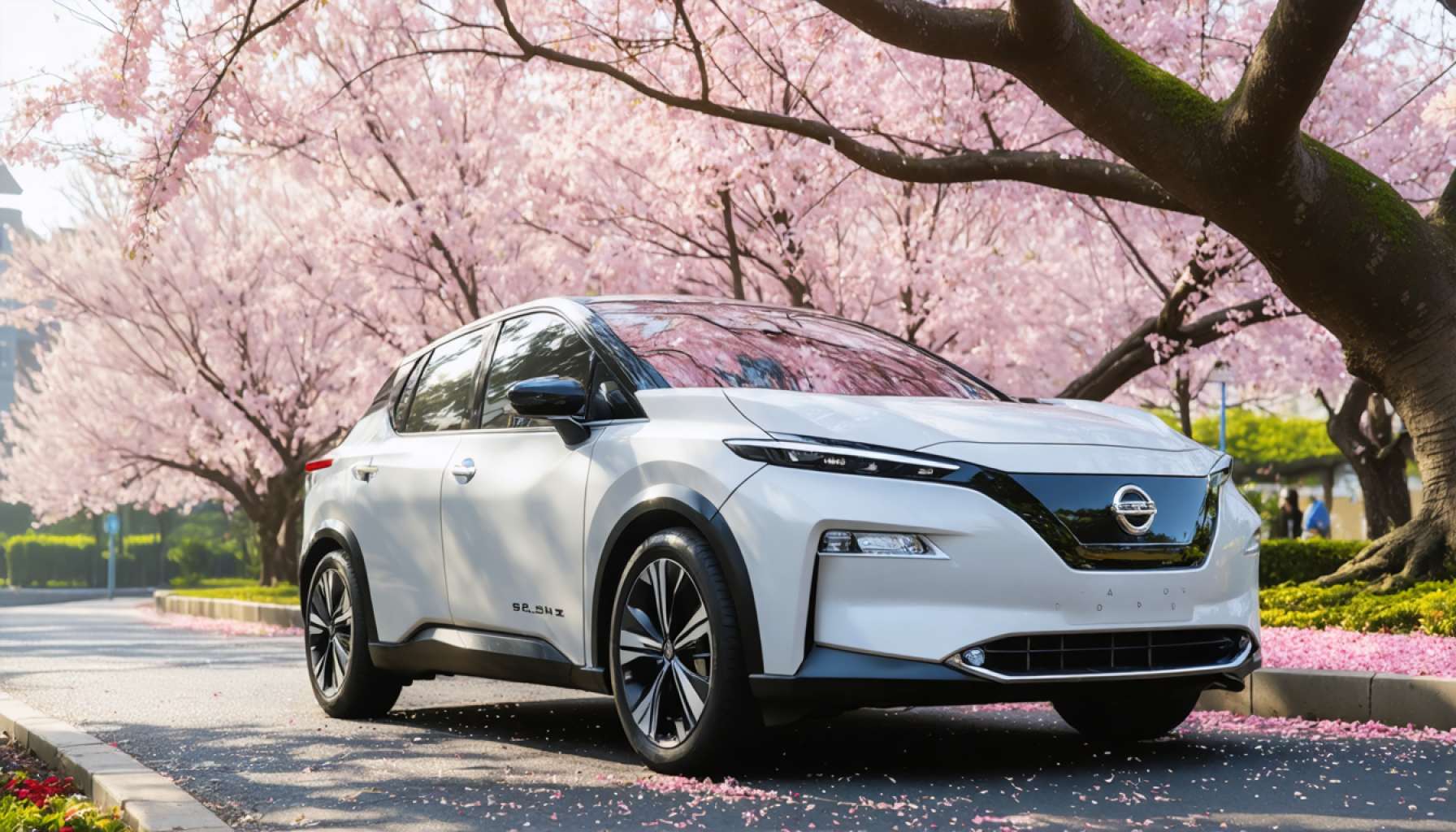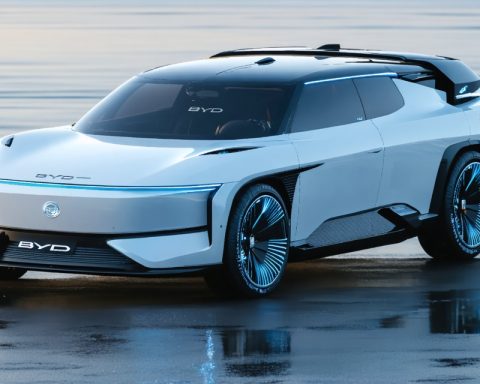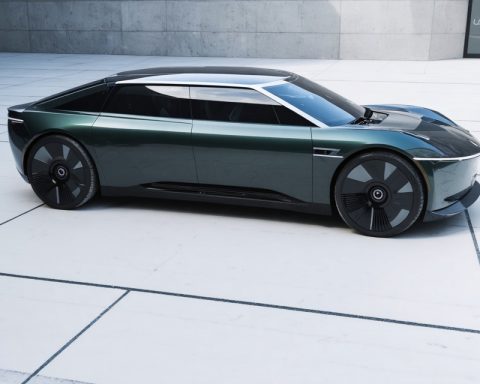- The rising cost of gas prompted a family to consider a more efficient vehicle solution.
- The Nissan Sakura, a kei-class electric vehicle, offers compelling benefits over traditional gasoline cars.
- Electric vehicles typically have fewer moving parts, reducing maintenance needs and costs.
- Switching to an electric vehicle can lead to significant savings, with an estimated 300,000 yen saved over five years.
- Government rebates further enhance the appeal for budget-conscious and eco-friendly buyers.
- The Nissan Sakura provides a spacious, quiet, and innovative driving experience.
- Electric vehicles represent an economical and sustainable choice for families aiming to cut down expenses and reduce their environmental footprint.
Amidst the hustle and bustle of everyday life, a mother juggling the lively routines of her three children found herself at a crossroads. As gas prices crept higher, this family’s trusty familial chariot—a spacious yet fuel-thirsty family car—seemed less practical for the frequent short trips they needed to make. The solution? A compact and efficient electric vehicle, a thrilling prospect explored just a stone’s throw away from Yokohama Station.
Bright lights and polished floors enveloped her as she wandered through Nissan’s Global Headquarters Gallery, inching closer to a surprising revelation: the allure of the Nissan Sakura, a kei-class electric vehicle sparkling under the showcase illumination. The notion of switching from a traditional gasoline vehicle to this cutting-edge electric creation tickled her curiosity and promised unknown adventures.
There she learned of its astounding economy. The EV had few moving parts, meaning fewer maintenance headaches and lower costs. And unlike its gasoline-guzzling relatives, the Sakura thrived on electricity, which could be sourced at a fraction of the cost, especially during off-peak hours. This was a game-changer in a household where every yen counted, and the prospect of shifting savings into her children’s education fund was undeniably attractive.
Sparkling facts emerged: over a five-year span, families could save approximately 300,000 yen compared to owning a conventional gasoline car, thanks to reduced fuel consumption and maintenance needs. The cherry on top? Substantial government rebates for EV purchasers—an irresistible temptation for eco-savvy and budget-conscious buyers alike.
But numbers on paper only tell half the story. When she slid behind the wheel of the Sakura for a test drive, she was enveloped in a cocoon of unexpected spaciousness. The flat floor design of the vehicle allowed even the youngest of her children to clamber in unaided, while the silence, a whispering testament to its electric heart, transformed the driving experience. The dashboard, alive with futuristic displays, reflected the pulse of the roadway outside and amplified a new driving narrative.
The Nissan Sakura made more than just practical sense; it sparked a sense of futuristic wonder. Embarking on short jaunts around bustling Yokohama in such a vehicle combined the thrill of innovation with the comforting lull of efficiency.
As families constantly seek out cost-effective and environmentally friendly options, electric vehicles like the Nissan Sakura offer a fascinating path forward. For those looking for decreased running costs and increased peace of mind, the leap from gasoline to electric might just be the best decision they make this year. Visit the Nissan galleries, feel the quiet hum for yourself, and perhaps unlock not only savings but a new horizon of driving pleasure.
Tired of Rising Fuel Costs? Discover Why Switching to an Electric Vehicle Like the Nissan Sakura Could Save Your Wallet and the Planet
As the demands of modern life weigh heavily on wallets, especially for families, the transition to an electric vehicle (EV) offers both financial relief and ecological benefits. In light of the Nissan Sakura’s compact charm and economic potential, here are deeper insights into the world of EVs that you won’t want to miss.
How-To: Transition from Gasoline to Electric Vehicles
1. Evaluate Your Driving Needs: Determine the typical range you require for daily commutes. The Nissan Sakura, with its efficient battery, is ideally suited for urban commutes and short journeys.
2. Assess Charging Options: Consider installing a home charging station to take advantage of off-peak electricity rates. Public charging stations are also becoming more widespread, offering flexibility.
3. Research Incentives: Look into government rebates and subsidies for EV purchases. Local policies might offer additional perks, such as reduced tolls or parking benefits.
Key Features of the Nissan Sakura
– Economical Advantage: With fewer moving parts, maintenance costs decrease significantly. Transitioning from gasoline also cuts fuel expenses, especially benefiting from lower electricity tariffs at night.
– Spacious Interior: Despite being a kei-class vehicle, the Sakura boasts a roomy cabin thanks to its flat floor design, making it child-friendly.
– Silent Operation: Experience a serene drive without engine noise, offering a more pleasant experience for road trips and city drives alike.
– Eco-Friendly Choice: Contributing to reduced carbon emissions, EVs align well with conscious living and sustainability goals.
Market Trends & Forecasts
Recent trends indicate a steady rise in EV adoption worldwide. JP Morgan projects that EVs may account for 35% of worldwide new car sales by 2025. As technological advancements drive battery costs down, the economics of owning an EV improve further.
Controversies & Limitations
– Charging Infrastructure: While expanding, charging stations are not yet universally available, which could hinder longer journeys.
– Initial Investment: EVs can have a higher upfront cost, although this is often offset by long-term savings and incentives.
– Battery Lifespan: Concerns about degradation over time persist, though manufacturers typically offer warranties and recycling options.
Security & Sustainability
EVs are equipped with advanced digital features, enhancing security. Additionally, their zero-emission outputs significantly lower the carbon footprint. Opting for renewable energy sources for charging further amplifies environmental benefits.
Pros & Cons Overview
Pros:
– Lower running and maintenance costs.
– Environmental benefits.
– Quiet and smooth driving experience.
– Eligible for government incentives.
Cons:
– Higher initial cost.
– Limited range compared to traditional vehicles.
Actionable Recommendations
Test drive an EV at a local dealership to experience the quiet and responsive ride firsthand.
Calculate your potential savings using an EV calculator, factoring in your local electricity rates and driving habits.
* Explore home charging solutions early to maximize cost benefits.
For more insights into transitioning to an electric vehicle, visit Nissan Global.
By considering these steps and understanding the broader landscape, opting for an electric vehicle like the Nissan Sakura could be a sound investment for families pursuing sustainable and cost-effective choices.














